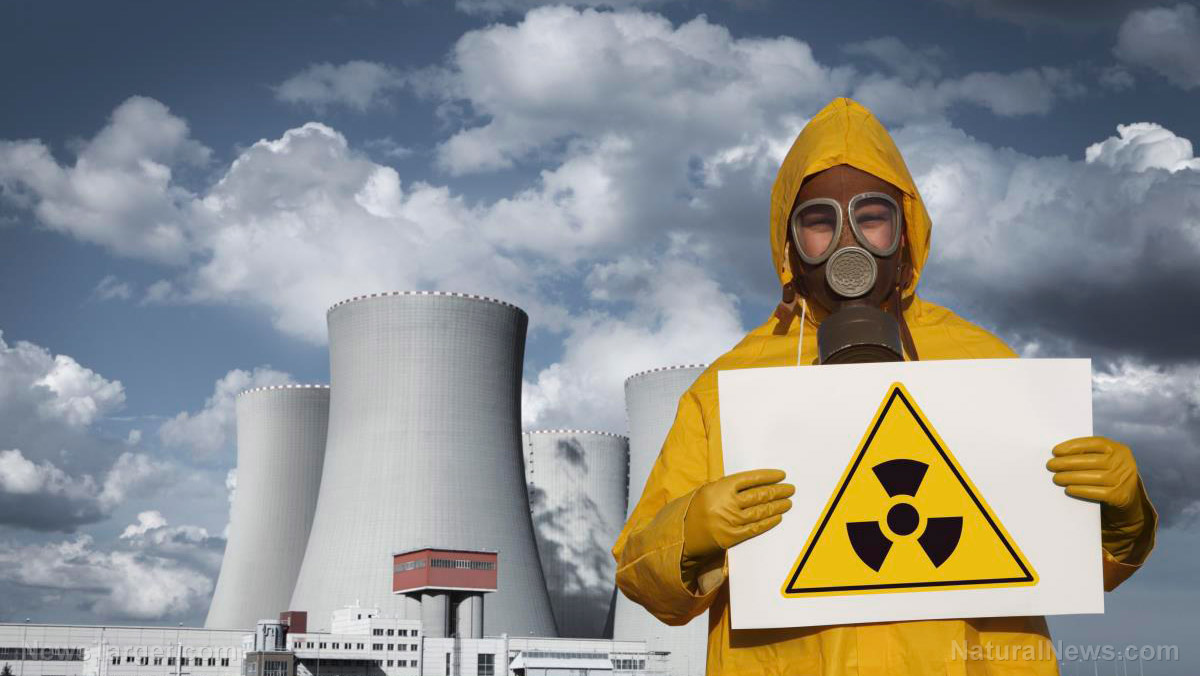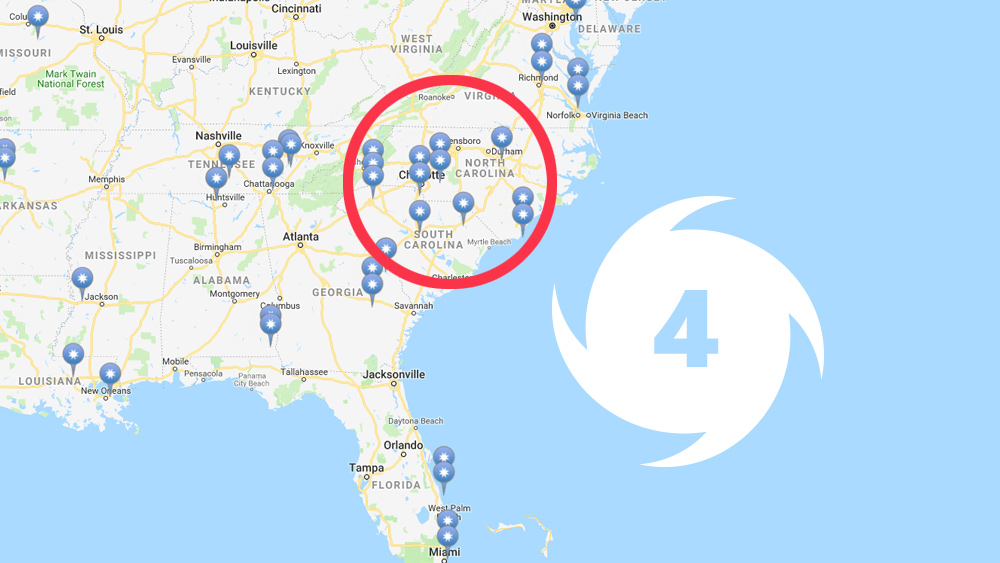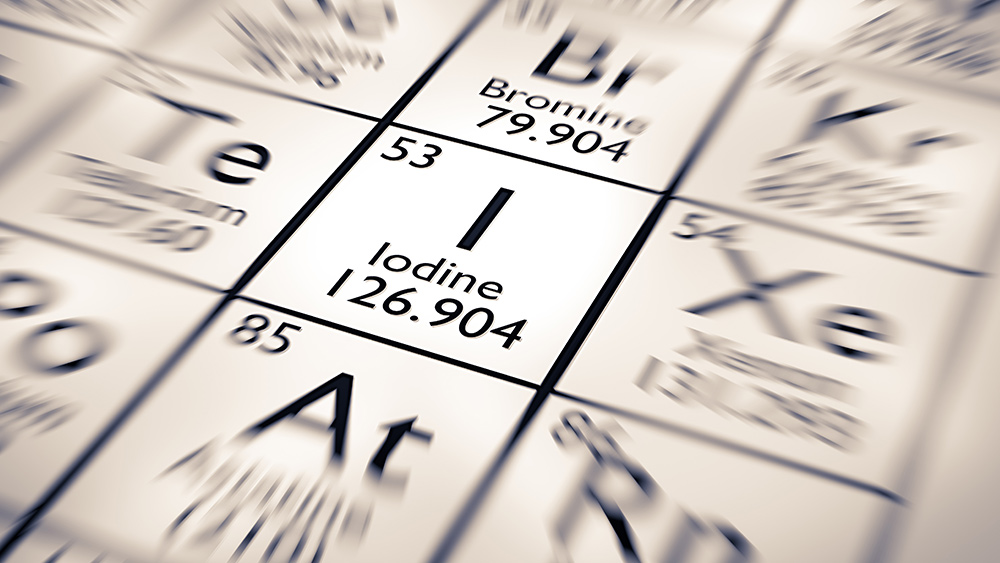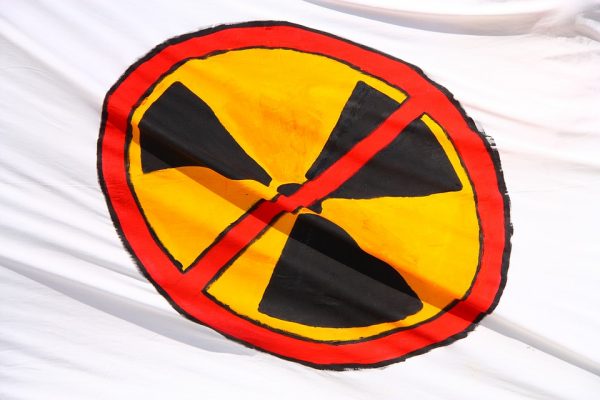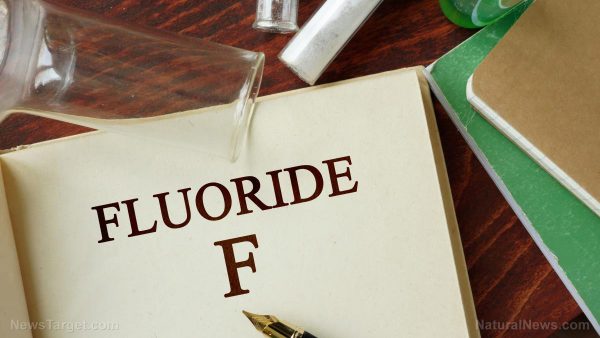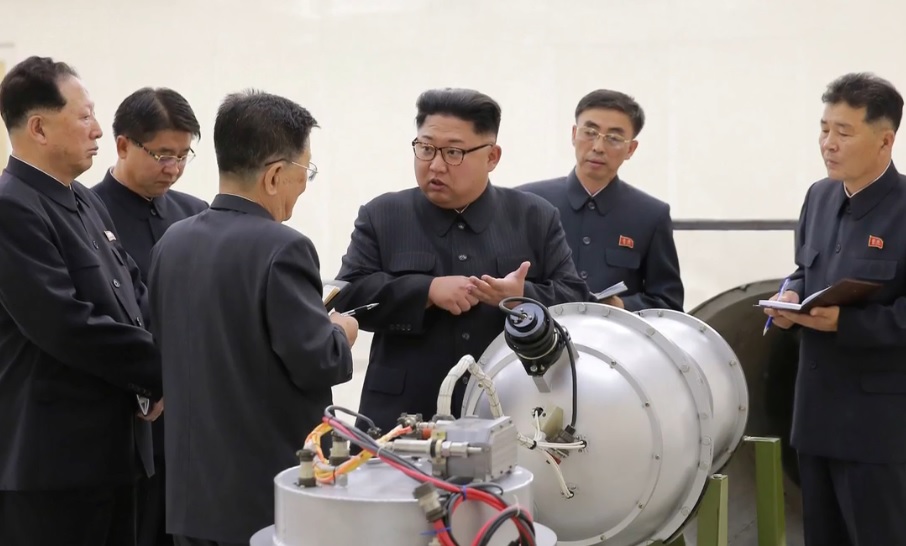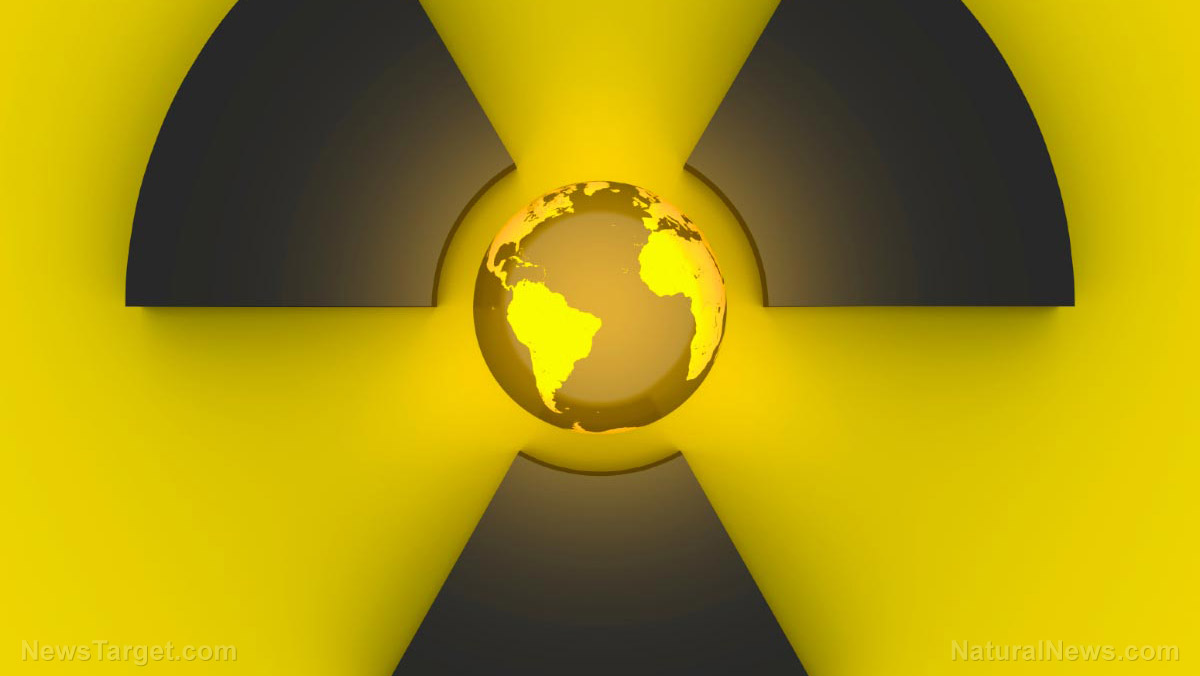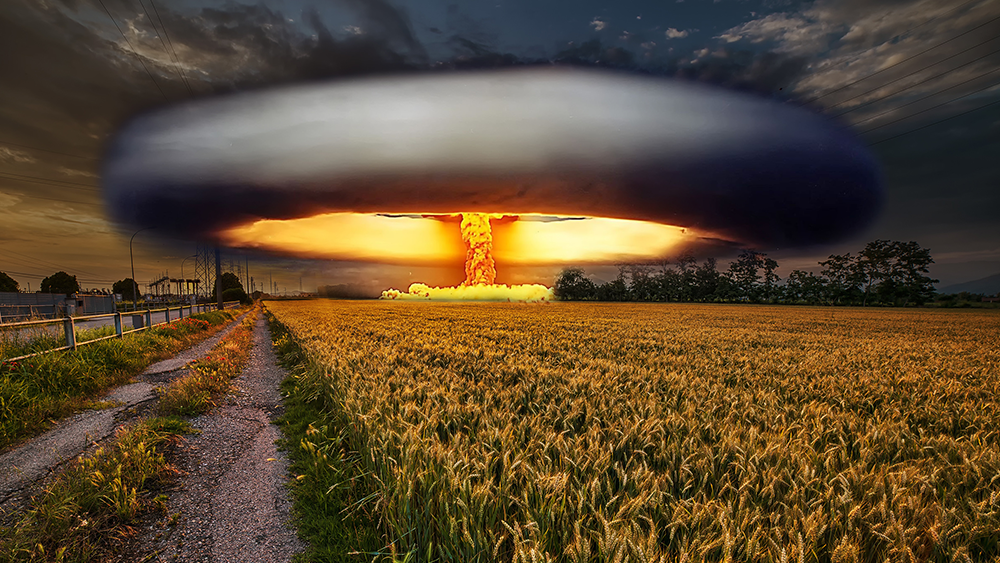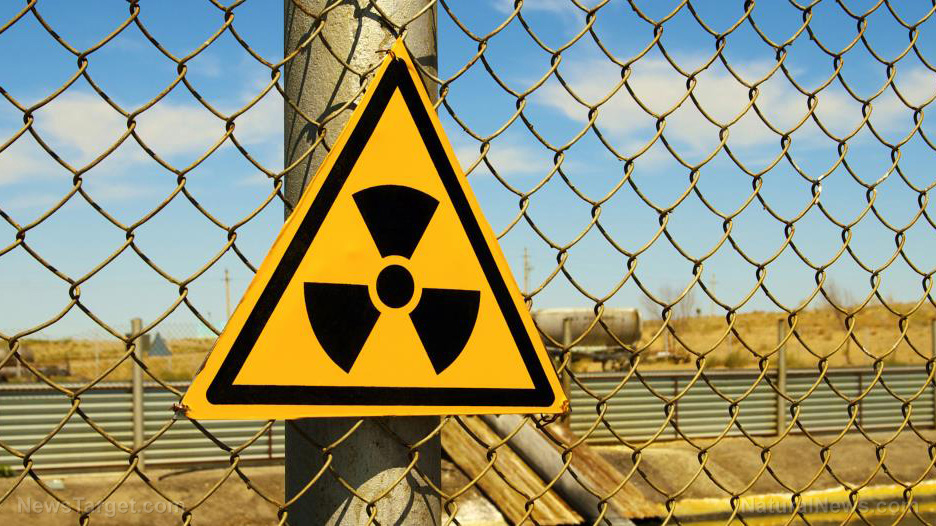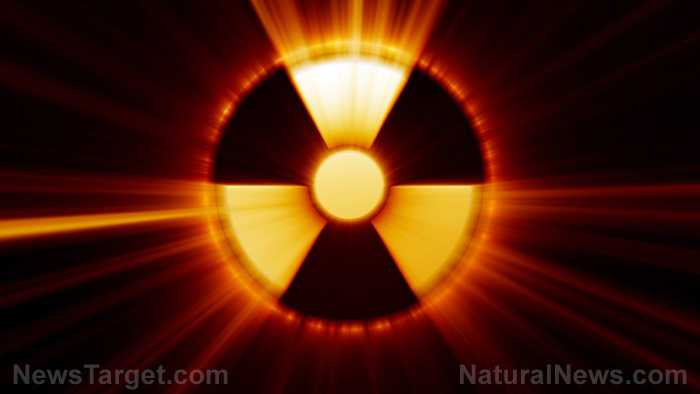On the verge of nuclear war, here are SEVEN critical things you need to know about iodine (and three dangerous myths debunked)
04/11/2017 / By Mike Adams
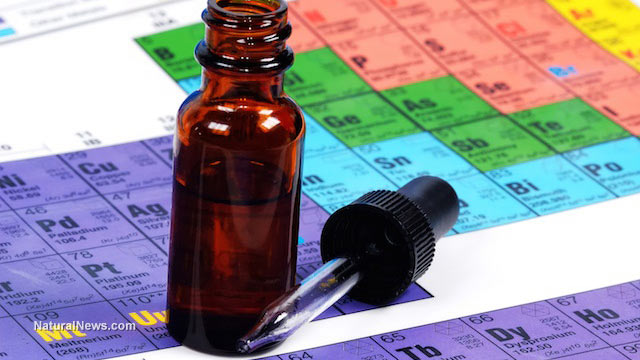
(IODINE.news) Our world is run by insane leaders who sit atop insane governments that are influenced by insane weapons manufacturers. They all can’t wait to press the big red button that unleashes nuclear apocalypse, after which they can tell voters just how much they need big government to protect them from all the other insane governments of the world.
But this article isn’t about the politics of war and the global epidemic of government lunacy: It’s about iodine, the trace element that has the unique ability to protect your thyroid from iodine-131, a radionuclide that’s unleashed in nuclear events.
Everybody seems to be selling iodine these days, and while a large supply line is a good thing for emergency preparedness, there’s also a lot of misinformation circulating that could harm or mislead consumers. In this article, I’ll give you straight talk about iodine, its uses and even its weaknesses. I’ll also debunk some of the dangerous iodine myths we all see circulating on the ‘net, often pushed by iodine promoters who don’t know much at all about real science.
In terms of my own scientific credentials, I’m the patent holder of two laboratory inventions, including Cesium Eliminator, US Patent # 9526751, which eliminates radionuclides from the human digestive tract. Known as the Health Ranger, I’m also the author of Food Forensics, a book that achieved the #1 bestselling science book on Amazon.com. In addition, I’m the founder and lab science director of CWC Labs, an ISO-accredited, internationally recognized science analytical laboratory and one of the world’s very few independent science labs that operates entirely without government money.
It’s also important that I disclose my online store, Health Ranger Store, also sells nascent iodine along with 600+ other lab-tested nutritional and green living products. However, iodine represents a very small percentage of our overall sales, and you’ll see here that I’m telling you where iodine does NOT work for radionuclide protection, further demonstrating my commitment to scientific integrity in this discussion. Be sure to read our new site Radiation.news for coverage of all radiological events and radiation protection technologies that can help save your life.
What iodine is good for (the good news)
In terms of radionuclide protection, iodine is good for primarily one thing: Protecting your thyroid gland from accumulating radioactive iodine-131 in the aftermath of a nuclear event.
Your thyroid gland is one among many in your body that tend to accumulate iodine. Other organs that also attract and use iodine to support good health are breast tissue and prostate tissue. Iodine deficiency is extremely common across most of the U.S. population due to the fact that few people eat seaweeds which are naturally high in iodine. For the same reason, iodine deficiency is very rare in Japan, where seaweed is a food staple.
America’s “land dwellers” who subsist on meat and potatoes tend to be chronically deficient in iodine, a condition that plays a significant role in health issues which are beyond the scope of this article. In addition to causing goiter, Iodine deficiency can also lead to poor thyroid function, and the lack of iodine in the thyroid gland is precisely what causes iodine-131 to rapidly accumulate on the thyroid if ingested (through air, water or even cow’s milk).
In the context of a nuclear event, the entire purpose of iodine as a prevention strategy is to occupy the iodine receptor sites on the thyroid and other glands so that iodine-131, if ingested, will not converge to those sites. Excess iodine is rather quickly eliminated by the body, and the short transit time of iodine in the body — combined with the short half-life of iodine-131 — means that merely having radioactive iodine pass through your body is not very dangerous. But having iodine-131 lodge in your thyroid gland is very dangerous and will destroy your thyroid gland cells, causing havoc with your hormonal balance.
Thus, the summary of why iodine matters in all this is that it prevents iodine-131 (the radioactive isotope) from “burning out” your thyroid gland. Every form of dietary iodine will accomplish this, by the way, including nascent iodine and potassium iodide (KI).
What iodine is NOT good for (the bad news)
This is where most iodine promoters lose all credibility, because they tend to promote iodine as something like a magical “bulletproof vest” against radiation. It’s nothing of the kind. Iodine won’t protect you in any way whatsoever from any of the other radionuclides released in a nuclear accident or nuclear war. Those dangerous radionuclides include:
- Cesium-137, which gets into soils, plants and dairy milk, and mimics potassium in the body, driving itself into every cell. Half-life of 30 years.
- Cesium-134
- Strontium-90
- Krypton-85
- Uranium-238 and 235
- Plutonium-239, with a half-life of 24,000 years
Iodine offers zero protection from these other radioactive isotopes. Cesium-137 is widely considered the most dangerous for human civilization because its half-life is just short enough to indicate an alarming rate of decay while it’s just long enough to require about 300 years before soils can be used again for farming. (This is why no one grows food on the farms around Chernobyl.)
One of the most dangerous pieces of disinformation put out by some iodine promoters is an implied claim that iodine can somehow protect you from all forms of radiation. This causes many consumers to purchase iodine from some of the more “alarmist” promoters without realizing that iodine doesn’t protect you from the greatest dangers of nuclear weapons and nuclear accidents.
The relatively short half-life of iodine-131 (about 7 days) also means this radionuclide disappears very quickly (about 70 days), meaning it’s not a long-term threat to human health. The far greater threat is cesium-137.
Another important myth that needs to be debunked about iodine is the belief that “more is better.” That’s absolutely not true. As a heavy element, it should only be consumed in trace amounts. Do not think of iodine as something like vitamin C which is very quickly and easily eliminated from the body. Iodine is heavier than cadmium! It’s a very heavy element and it can be harmful if you consume too much, too frequently.
Seven things you probably didn’t know about iodine
Here are some fascinating things you may not know about iodine:
- Iodine is in the same column as Fluorine and Chlorine in the Periodic Table of Elements. This means it shares some properties with them. It’s highly reactive, occupying a position in the seventh orbital column of the table. Its actual orbital shell structure is 2.8.18.18.7.
- The atomic mass of iodine’s stable form is 127, which is a prime number. 100% of the naturally occurring iodine is in this isotopic form, meaning it is “monoisotopic.” In other words, ALL the iodine in nature has atomic mass of 127. This is rather unusual, as most of the heavier elements are polyatomic.
- Iodide is simply the ionic form of iodine, carrying a negative charge. It is indicated by I-
- Iodine is almost always found in combination with other elements such as potassium (K), forming Potassium Iodide (KI).
- Iodine is sourced from saltpeter, salt wells and salt brines. It’s frequently found in the form of Sodium Iodide (NaI).
- Yes, you can overdose on iodine. Be cautious in deciding how much to take (and how frequently).
- The trace quantities of iodine added to iodized salt are just barely enough to prevent the worst iodine deficiencies. It is nowhere near enough to optimize human health and provide all the iodine needed by thyroid, breast and prostate tissues. People who are not supplementing with iodine and not eating seaweeds on a regular basis are almost always chronically deficient in iodine.
Conclusion: Iodine alone is not sufficient protection from nuclear fallout or nuclear accidents
The bottom line here is that while iodine is a very important measure of protection against one radionuclide released in a nuclear event — and it also offers other health support benefits far beyond the thyroid — it is entirely useless at preventing damage from Cesium-137, Strontium-90 or other radioactive isotopes.
That’s why a strategy for surviving nuclear war must also include plans for filtering radioactive dust particles out of the air, growing food in non-radioactive soil and filtering water to remove radioactive isotopes.
Get informed on all this and your odds of survival greatly increase. Read Radiation.news and Nuclear.news for coverage of nuclear power, nuclear accidents and nuclear war. My goal is to help keep you informed, safe and alive… even if the world is run by lunatics with nukes.
Tagged Under: Cesium-137, iodine, iodine-131, nascent iodine, nuclear fallout, nuclear war, radiation, radioactive isotopes, radionuclides, science, thyroid


